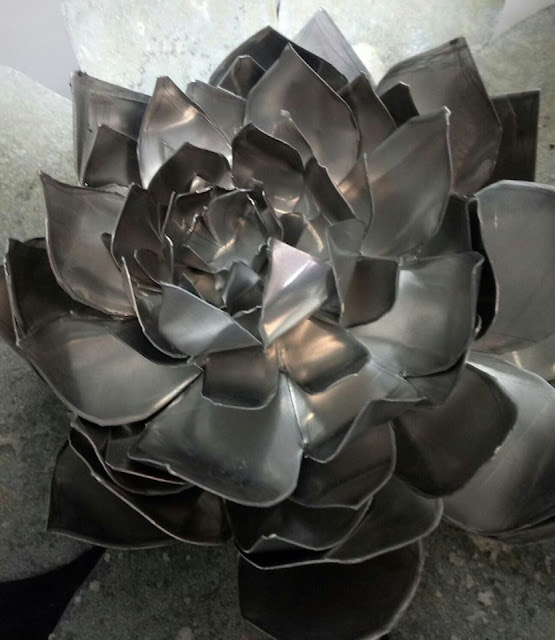Priyasri Art Gallery, Mumbai is proud to present
‘Judgement in the Trial of Akbar Padamsee’.
Duration: 9th to 30th January 2020
Venue: Priyasri Art Gallery. Worli, Mumbai-400018
About Akbar Padamsee
Akbar Padamsee was born in Mumbai in 1928. His ancestors hailed from Vāghnagar, a village in the Bhavnagar district of the erstwhile Kathiawar, now part of Gujarat state. Padamsee was still a student at the Sir J.J. School of Art in Mumbai at the time when the Progressive Artists’ Group (PAG) announced itself on the Indian art scene in 1947. Historically, this is considered to be one of the most influential groups of modern artists to emerge in early post-independent India. After his art education in Mumbai, Padamsee went to live and work in France in the year 1951. In 1952, he was awarded a prize by Andre Breton, known as the pope of surrealism, on behalf of the Journale d’art. His very first solo show was in Jehangir Art Gallery, Mumbai in 1954, where these early works were shown.
In 1962, Padamsee was awarded a gold medal from the Lalit Kala Akademi, and in 1965 a fellowship from the J.D. Rockefeller Foundation. Subsequently, he was invited to be an artist-in-residence by Stout State University, Wisconsin. In 1967 a solo exhibition of his paintings was held at the Montreal Museum of Contemporary Art, Canada, after which he returned to India. Akbar Padamsee’s artistic oeuvre is a formal exploration of a few chosen genres- prophets, heads, couples, still-life, grey works, metascapes, mirror -images and tertiaries, across a multitude of media – oil painting, plastic emulsion, watercolour, sculpture, printmaking, computer graphics, and photography.
In 1969-71, with the Jawaharlal Nehru Fellowship funds, he set up inter-art Vision Exchange Workshop (VIEW), where artists and filmmakers could freely experiment across various disciplines and practices. It is remembered to this day as a landmark initiative, providing the much needed creative stimulus to several young people who are now internationally well known. Padamsee himself made two short abstract films - Syzygy and Events in a Cloud Chamber, where he animated a set of geometric drawings.
In the year 1980, a retrospective of his work was organized by the Art Heritage Gallery, in Mumbai and New Delhi. Akbar Padamsee was awarded the prestigious Kalidas Samman by the Government of Madhya Pradesh in 1997. Other awards include the Lalit Kala RatnaPuraskar in 2004, the Dayawati Modi Award in 2007,''Roopdhar" award by Bombay Art Society - 2008 and Kailash Lalit Kala award in the year 2010. In 2010, he was awarded the Padama Bhushan by the government of India.
About Priyasri Art Gallery
Founded in 2004, Priyasri Art Gallery has been extremely responsive to the evolving language of art and nurturing a gamut of artistic practices and expression. The gallery is dedicated to its role of exhibiting modern, contemporary and experimental artworks; besides focusing on showcasing young artists, we also represent more established artists like Akbar Padamsee and masters like Jogen Chaudhury. Priyasri Art Gallery also provides artists with a studio facility in the art hub of India – Baroda called AQ@Priyasri, the artist studio in Baroda has been providing studio space and housing for young artists since 2003 and has recently launched a separate printmaking practice.
In the bustling Mumbai midtown art space, Priyasri Art Gallery is a cozy 2500 sq. feet contemporary art gallery neatly nested on the seafront in Madhuli, Worli. Its 7x30 feet French windows look out onto a stunning view of the Arabian Sea that shapes the identity of the city.
--
P R I Y A S R I A R T G A L L E R Y
42 Madhuli
4th Floor
Shiv Sagar Estate
Next to Poonam Chamber
Dr Annie Besant Road
Worli
Mumbai 400018
Tel/Fax 022 24947673
+91 9769904802
priyasriartgallery@gmail.com,a
AQ@Priyasri-The Artist Studio
10th Floor, Ramakrishna Chambers,
Productivity Road, Alkapuri. Vadodara 390007. Tel 0265 2333587 ; 2320053
42 Madhuli
4th Floor
Shiv Sagar Estate
Next to Poonam Chamber
Dr Annie Besant Road
Worli
Mumbai 400018
Tel/Fax 022 24947673
+91 9769904802
priyasriartgallery@gmail.com,a
AQ@Priyasri-The Artist Studio
10th Floor, Ramakrishna Chambers,
Productivity Road, Alkapuri. Vadodara 390007. Tel 0265 2333587 ; 2320053























